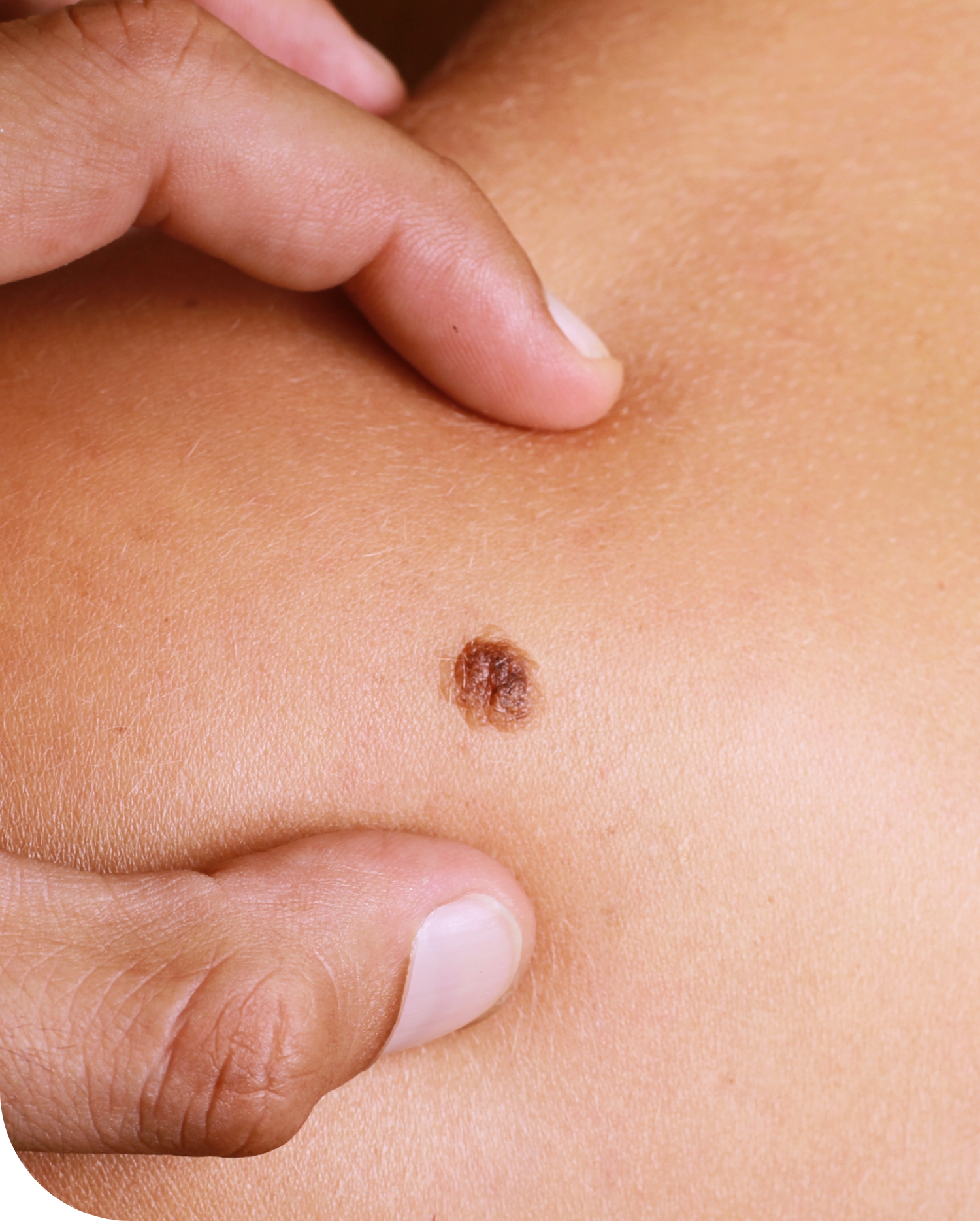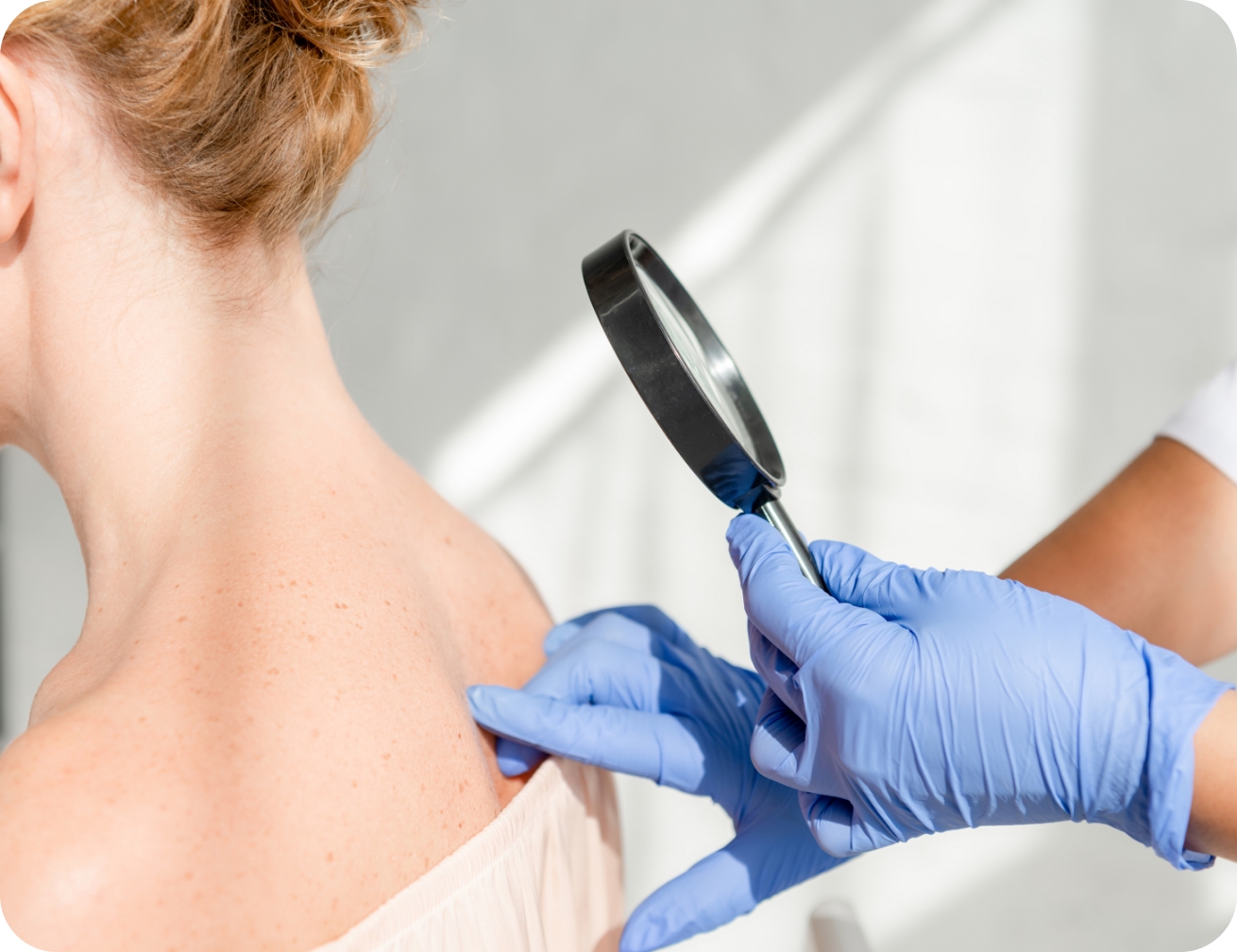Skin cancer
Detection
Skin cancer is the most common form of malignancy worldwide and approximately one in five adults will develop some form of skin cancer during a lifetime.

About Dr Arif Aslam
Dr Aslam has extensive experience in the early detection, diagnosis, and treatment of all types of skin cancer and provides expert, multidisciplinary care for patients with melanoma and non-melanoma skin cancer alongside preventative assessment and care for people who may be at heightened risk for the disease.


Reducing your risk
Early detection improves the outcome for all forms of skin cancer, and Dr. Aslam encourages all patients to familiarise themselves with the signs of skin cancer and come in for routine screenings. If a cancer is detected, Dr. Aslam will work with you to develop a personalised treatment plan and manage your care throughout the treatment process. Having a yearly total body skin check is the best method for detecting skin cancer early.
What to watch for
In addition to routine skin cancer screenings, it is important to know what to look for at home and frequently check your skin. If you notice a change in a mole, such as prolonged itchiness, crusting, or change in size and shape, or if you have a sore that will not heal, make an appointment to see Dr Aslam as soon as possible.
Knowing your ABCDE criteria of skin cancer sign can help you when you check your skin at home.
Make an appointment with Dr Aslam if you notice any of these signs or have any other cause for concern.
A is for Asymmetry:
A mole that is irregular in shape
B is for Border:
A mole with edges that are blurry or irregular
C is for Colour:
A mole that is not uniform in colour
E is for Evolution:
A mole that changes over time
Know your skin cancers; what types are there?
BCC accounts for about 70% of non-melanoma skin cancers and begin in the lower layer of the epidermis (top, outer layer of the skin). It most commonly develops on parts of the body that receive high or intermittent sun exposure (head, face, neck, shoulders and back).
SCC accounts for about 30% of non-melanoma skin cancers and begins in the upper layer of the epidermis, usually appearing where the skin has had most exposure to the sun (head, neck, hands, forearms and lower legs but can appear anywhere, including the genitals).
Melanoma is a form of cancer that develops in the skin’s pigment cells (melanocytes) and is the most serious form of skin cancer and grows very quickly if left untreated. It can spread to the lower part of your skin (dermis), enter the lymphatic system or bloodstream and then spread to other parts of the body; for example, the lungs, liver, brain or bone.
Specialising in Mohs Surgery and a broad range of skin cancer treatments and therapies, Dr. Aslam will create a custom treatment plan to best suit the needs of each patient.